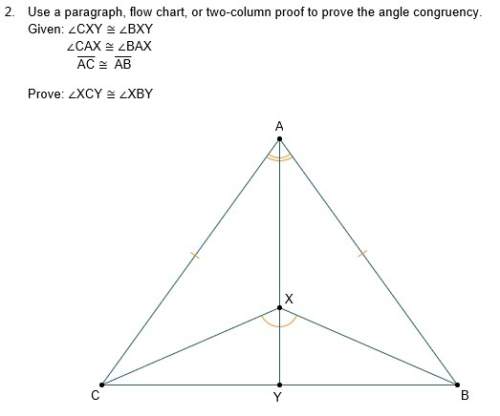.
Find the principle fourth root of -81, checking your answer by raising to the 4th power. If...

Mathematics, 03.03.2020 19:57 Valfrutos2912
.
Find the principle fourth root of -81, checking your answer by raising to the 4th power. If there are "no real roots," then type: NONE
Find the principle cube root of -27, checking your answer by cubing (raising to the 3rd power). If there are "no real roots," then type: NONE
Find the principle square root of 4/25. Give your answer as a fraction in simplest form (numerator, then "/", then denominator). If there are "no real roots," then type: NONE

Answers: 1


Another question on Mathematics

Mathematics, 21.06.2019 19:30
Last month, a 770 g box of cereal was sold at a grocery store for $3.10. however, this month, the cereal manufacturer launched the same cereal in a 640 g box, which is being sold at $2.50. what is the percent change in the unit price?
Answers: 1

Mathematics, 21.06.2019 20:00
Find the value of x. round the length to the nearest tenth
Answers: 1

Mathematics, 21.06.2019 22:00
Acaterer charges $500 plus $30 per guest to cater a wedding. walt and traci don't want to spend more than $8000 on catering. write and solve an inequality in terms of the number of guests, g, that can be invited. a) 30g ? 8000; g ? 267 b) 500g < 8000; g < 16 c) 500 + 30g < 8000; g < 250 d) 500 + 30g ? 8000; g ? 250
Answers: 1

Mathematics, 22.06.2019 03:00
In this problem, we explore the effect on the standard deviation of multiplying each data value in a data set by the same constant. consider the data set 14, 6, 8, 15, 15. (a) use the defining formula, the computation formula, or a calculator to compute s. (round your answer to one decimal place.) s = 4.28 (b) multiply each data value by 3 to obtain the new data set 42, 18, 24, 45, 45. compute s. (round your answer to one decimal place.) s = 12.83 (c) compare the results of parts (a) and (b). in general, how does the standard deviation change if each data value is multiplied by a constant c? multiplying each data value by the same constant c results in the standard deviation remaining the same. multiplying each data value by the same constant c results in the standard deviation being |c| times as large. multiplying each data value by the same constant c results in the standard deviation increasing by c units. multiplying each data value by the same constant c results in the standard deviation being |c| times smaller. (d) you recorded the weekly distances you bicycled in miles and computed the standard deviation to be s = 3.8 miles. your friend wants to know the standard deviation in kilometers. do you need to redo all the calculations? yes no given 1 mile ≠1.6 kilometers, what is the standard deviation in kilometers? (enter your answer to two decimal places.)
Answers: 1
You know the right answer?
Questions





Mathematics, 02.11.2020 01:40

Spanish, 02.11.2020 01:40

Spanish, 02.11.2020 01:40





Computers and Technology, 02.11.2020 01:40

Mathematics, 02.11.2020 01:40


Biology, 02.11.2020 01:40

Arts, 02.11.2020 01:40

Chemistry, 02.11.2020 01:40






